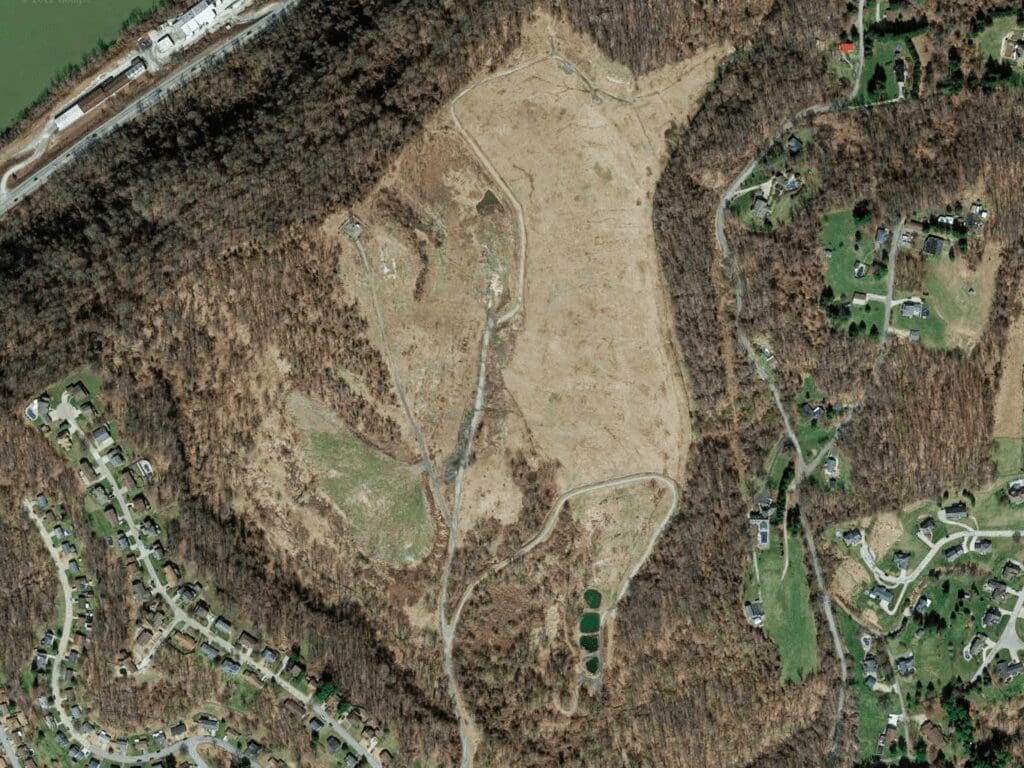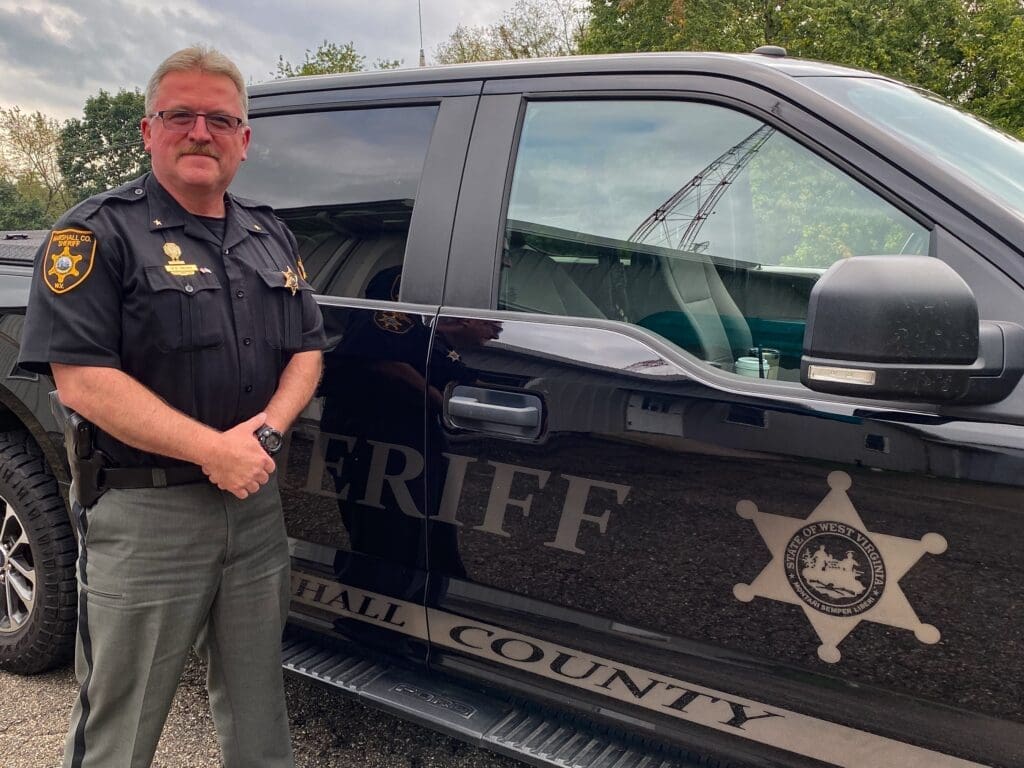The City of Wheeling has yet to earn any royalties from a 2018 agreement signed with a Pennsylvania oil and gas company that includes a little more than 330 acres of city-owned properties, but other deals have been paying dividends.
City Manager Bob Herron confirmed Friday that while the city’s capital improvement fund banks an average of $40,000 per month thanks to a partnership with the Wheeling Park Commission, the contract signed with American Petroleum Partner out of Cannonsburg has not produced a single dollar outside the $2 million signing bonus in February 2018. Those dollars, Herron said, were used on various improvement projects throughout the Friendly City.
“As of right now, the City is not receiving any royalties from that deal, so we know those areas have not been tapped into so far. Plus, we do not know when it may be,” the city manager reported. “Hopefully, that will change in the future so our updating can continue at a nice pace.

“When the agreement was signed, there were no timeframes for the fracking so it’s something I’m sure we’ll found out about when the company decides to send the hydraulic arm in that direction,” he said. “And I am sure when that takes place, we’ll let our residents now.”
The contact with APP does not include surface rights, and that means no well pads or storage tanks can be developed within city limits. That means the drilling would need to take place within five miles of the properties where natural gas harvesting is permitted. Of the 336 acres of land available to APP, the former 100-acre Wheeling landfill near the North Park neighborhood is the largest property included.
“With new wells coming online in the future, we’re hopeful those properties will be accessed so that average amount of royalties increase so we can continue some of the infrastructure work we’ve been able to do,” Herron said. “And who knows about what takes place in the future? Natural gas prices go up and down based on demand, so we’ll always have to wait and see based on the weather we have here.
“No matter what takes place in the future, though, it has been nice to have those extra funds to do some pretty important projects around the city of Wheeling,” he said. “It’s easy to fall behind on updates when the money has not been there, but for the past decade or so, we’ve had the funds to perform a lot of work.”

White Truck Traffic
While there is no public accounting of the number of oil and gas land leases that have been signed in the Upper Ohio Valley, it is well known that Marshall and Belmont counties have far more well pads than Ohio County. Marshall County authorities, in fact, have controlled traffic along secondary roadways in the past, but have not received any requests in more than a year.
“We were pretty busy there for a little while about four years ago, but we’ve not had a call from any of the companies for a while now,” said Marshall County Sheriff Bill Helms. “There for a while we didn’t know how many of those ‘superloads’ were going to go through the county, and there were even a few times when the companies didn’t let us know those towers were coming our way.
“As far as the traffic related to the gas and oil operations, it’s still there. Those trucks may be causing fewer problems than they used to, but our deputies have had to handle several situations involving the accidents and the weight limits,” he said. “We didn’t know what to expect when these industries first arrived here back in 2007 or so, but we do now so there are fewer problems.”
In Wheeling, what is not known is whether or not any city residents are collecting royalty checks for the hydraulic fracturing taking place beneath their property.
“There are no well sites within Wheeling’s city limits, but other than our properties, I am not aware that any other residents have signed leases. They could have, but I am not aware of it,” Herron said. “The dollars the City receives from fracking is from well pads that are located beyond our borders and on the farmland that pretty much surrounded the city.
“I do know there are some residents who have signed leases,” the city manager said. “Whether or not they are receiving royalties, that is their private business.”

Thank You, Colonel!
It was a summer estate for an uber-wealthy man involved with industry in the Cleveland area, and a good portion of Oglebay Park was known as Waddington Farm where Col. Earl W. Oglebay experimented with agriculture.
When Oglebay passes away, he bequeathed his hilltop estate to the people of Wheeling as long as the property was utilized for public recreation. Known as Oglebay Park locally but regionally marketed as Oglebay Resort and Conference Center, the attraction now features more than 2,000 acres and is the only self-supporting municipal park in the United States.
Little did Oglebay know, though, that under those green, rolling hills were commodities called natural gas and oil.
“Of those 2,000 acres, the City owns about 1,100 acres and does receive royalties from the leases that were signed by Oglebay Park,” Herron explained. “Those dollars come from the agreement we have with the Wheeling Park Commission. The way that works is that the City receives 50 percent of the royalties produced on that land in Oglebay.
“It’s about 1,100 acres that is owned by the City, but I do not know how many of those acres are being tapped right now,” he explained. “Now, at Wheeling Park, those royalty dollars go back into the capital improvement fund so the updating there can continue in the future.”
Herron said one received royalty check was $3, but that figure is far from the average.
“The amount we receive on a monthly basis is an average of $40,000 per month, and we do not put any of that into the general fund. Those dollars go into a capital improvement for the City of Wheeling, and we’ve performed many projects thus far that may have had to wait with those agreements being made a number of years ago,” he explained. “The amounts do vary, but it’s been consistent the last couple of years.
“Recently, though, it’s been about that $40,000 average,” Herron added. “Sometimes the amount is more than $50,000, and there have been months when we’ve seen $20,000 come in. It has gone up and down since we signed those agreements but based on what I have been seeing the last couple of years, that revenue has been something we could count on for our improvement projects.”

